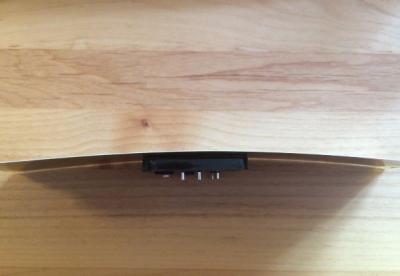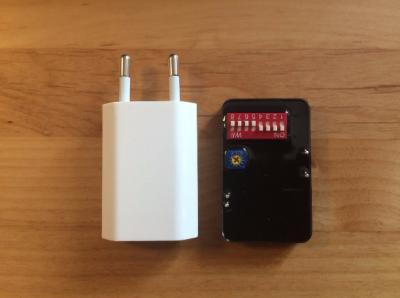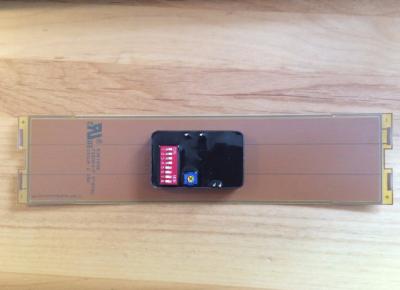This is a sponsored post by Organic Lights
One of the best features of the OLEDs is how simple they are to make into an attractive and unique light source. No extensive knowledge on heat management or optics for safe operation is required, really just plug & play... But is it though?

What about powering up the panel, what is the most suitable driver? The information from the panel manufacturers can be confusing, either they don’t offer drivers at all, or the drivers are so specific that they can only be used for the OLEDs of that specific manufacturer. The latter can be quite frustrating in the early stages of a project when one just wants to compare the different solutions on the market to select which OLED fits best. What can easily be found in various configurations are constant current power supplies. The problem here however, is that they tend to be quite bulky and offer only one output current. That means essentially that a design must start with looking for the available standard driver configurations on the market and then fit OLED size, quantity and brightness around that not the ideal approach for a creative design. But another question also arises; Can OLEDs be operated safely with the drivers made specifically for LED as well?
Something needed to be done and after a lot of design work and testing, Organic Lights are proud to present O-Drive 1200 the first and only DCDC OLED driver of its kind. The basic design idea is to offer a maximum flexibility to the user about which, and how many panels could be connected in the smallest possible package. The latter is very important considering that a thin and lightweight outlay is one of the main characteristics of an OLED. O-Drive 1200 allows you to design an application that is equally thin and can easily be hidden behind the panel.

O-Drive 1200 was developed around the idea of flexibility.
The wide output voltage range works on OLEDs with a variety of configurations from both LG Display (6 and 8.5v input), and other manufacturers.
With a selectable output current, the O-Drive 1200 can be controlled with an 8 stage dip switch. This means that users can attach different panel sizes and different colour temperatures that require different current ratings.

The O-Drive 1200 is also cost effective; it lets you connect a number of panels to one driver, saving you money and time. Details of this can be found in our data sheet.
Further, the dimming option on the O-Drive 1200 allows you to adjust the brightness on the panel. This means that you can experiment with brightness in your design using just one driver, without having to plan for the exact driver configuration in advance. For example, the different current stages are selected on the panel range of LG ensuring that a panel can be driven with its nominal current, as well as a higher value within the safety margin of the manufacturer. So the 10x10 cm panel in 2700K by LG Display, for instance, can be operated at 150mA, as per data sheet, but also at 250mA, leading to a 66% increase in brightness. Additionally, the user can dim the output current to min. 55% of the selected value via the trim potentiometer on the driver, thereby offering further adjustment options to define the right balance between brightness and panel life time, both ultimately determined by the current.
So can your design benefit from using O-Drive 1200?
Organic Lights offer a solution for applications where multiple OLED panels are used, for example in indoor lighting products. Due to their low power consumption, OLEDs are also ideal for battery powered solutions and O-Drive 1200 can be the ideal driver as it can be powered directly from battery.
We believe that the success of OLED lighting will depend on innovative designs that stress its unique features and hence offer an added value to the customer over other lighting technologies. O-Drive 1200 is intended to provide designers with a maximum degree of flexibility to deliver such innovative OLED ideas.


Congrats to the Organic lights team, well done!